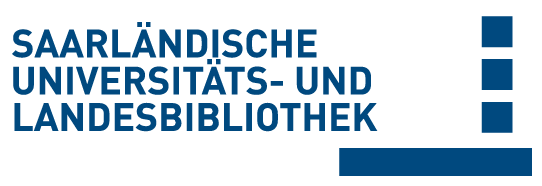Bitte benutzen Sie diese Referenz, um auf diese Ressource zu verweisen:
Volltext verfügbar? / Dokumentlieferung
doi:10.22028/D291-44172 | Titel: | Subnormothermic short-term cultivation improves the vascularization capacity of adipose tissue-derived microvascular fragments |
| VerfasserIn: | Laschke, Matthias W. Heß, Alexander Scheuer, Claudia Karschnia, Philipp Menger, Michael D. |
| Sprache: | Englisch |
| Titel: | Journal of Tissue Engineering and Regenerative Medicine |
| Bandnummer: | 13 (2019) |
| Heft: | 2 |
| Verlag/Plattform: | Wiley |
| Erscheinungsjahr: | 2018 |
| Freie Schlagwörter: | angiogenesis apoptosis cultivation microvascular fragments proliferation temperature tissue engineering vascularization |
| DDC-Sachgruppe: | 610 Medizin, Gesundheit |
| Dokumenttyp: | Journalartikel / Zeitschriftenartikel |
| Abstract: | Adipose tissue‐derived microvascular fragments (ad‐MVFs) are promising vascularization units for tissue engineering. In this study, we analysed the effects of normothermic (37°C) and subnormothermic (20°C) short‐term cultivation on their viability and network forming capacity. Ad‐MVFs from green fluorescent protein (GFP)+ and GFP− C57BL/6 mice were cultivated for 24 hr at 37°C or 20°C. Freshly isolated, noncultivated ad‐MVFs served as controls. Number, length, viability, proliferation, and angiogenic activity of the ad‐MVFs were assessed by microscopic analysis and proteome profiling. GFP+ ad‐MVFs were seeded onto collagen‐glycosaminoglycan matrices, which were implanted into dorsal skinfold chambers of GFP− mice to analyse their vascularization by means of intravital fluorescence microscopy, histology, and immunohistochemistry. Depending on the temperature, short‐term cultivation of ad‐ MVFs markedly changed their expression of multiple proangiogenic and antiangiogenic factors. Moreover, cultivation at 37°C significantly increased the number of apoptotic cells within ad‐MVFs, whereas 20°C preserved the viability of ad‐MVFs and even promoted the proliferation of endothelial and perivascular cells. Accordingly, ad‐ MVFs cultivated at 20°C also exhibited an enhanced in vivo vascularization capacity when compared with normothermically cultivated ad‐MVFs and noncultivated controls. This was indicated by an accelerated network formation, an increased microvascular remodelling, and a higher density of GFP+ microvessels within implanted matrices. Thus, if ad‐MVFs require short‐term storage before in vivo application, subnormothermic cultivation should be preferred to normothermic cultivation. |
| DOI der Erstveröffentlichung: | 10.1002/term.2774 |
| URL der Erstveröffentlichung: | https://doi.org/10.1002/term.2774 |
| Link zu diesem Datensatz: | urn:nbn:de:bsz:291--ds-441725 hdl:20.500.11880/39506 http://dx.doi.org/10.22028/D291-44172 |
| ISSN: | 1932-6254 |
| Datum des Eintrags: | 28-Jan-2025 |
| Fakultät: | M - Medizinische Fakultät |
| Fachrichtung: | M - Chirurgie |
| Professur: | M - Prof. Dr. Michael D. Menger |
| Sammlung: | SciDok - Der Wissenschaftsserver der Universität des Saarlandes |
Dateien zu diesem Datensatz:
Es gibt keine Dateien zu dieser Ressource.
Alle Ressourcen in diesem Repository sind urheberrechtlich geschützt.

